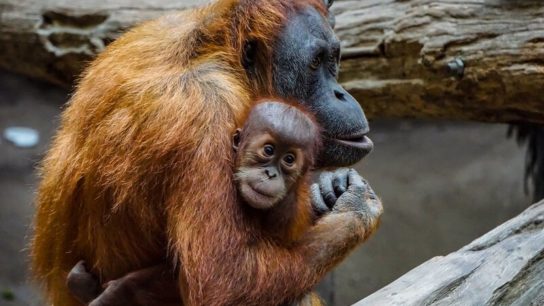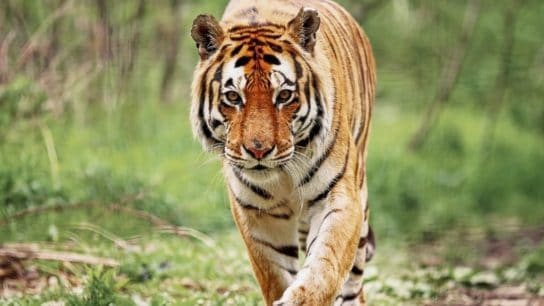Invasive species can wreak havoc on an ecosystem, as well as a region’s economy. In Europe, some of these invasive species are already affecting certain areas and researchers have identified these species, including the golden apple snail that is putting the agricultural sector in the Ebro river basin at risk as well as water hyacinths that are threatening to destroy the natural ecosystem of the Guadiana River. What can be done?
—
What is Happening?
- A team of European researchers, led by the University of Newcastle and the Belgian Nature and Forests Agency with which the University of Córdoba collaborated, assessed the priority of eradicating different species in Europe. They analysed possible scenarios regarding invasive species that are not currently present in the region or that are an emerging risk, where their spread can still be curbed. Doing so will help management centres and administrations make decisions.
Pablo González Moreno, an expert on invasive species and a member of the ERSAF (Assessment and Restoration of Farming and Forest Systems) group at the University of Córdoba, who collaborated on the study, says regarding the feasibility of eradicating different invasive plant species,”It would be ideal to eradicate all the invasive species but financial and labor resources are limited, even more so now, when we are dealing with other priorities.”
- To draw up the list, the team first analysed the risk of establishment, spreading and the impact of different invasive species. This risk ranking was then compared to an assessment of eradication strategies for these species in terms of effectiveness, cost, level of acceptance by different social sectors, estimated time needed to act and the possibility of the species returning after being eradicated. After this stage, the team met up to pool assessments and draw up a list of invasive species already established in Europe, as well as those who could do so in the future, according to their priority, supplying data on the regions where they are found or could be found, the eradication method, their effectiveness and their minimum and maximum cost, among others.
- A species identified as a “very high priority” is the common myna from the starling family that has established small colonies in Spain and Portugal; due to its aggressive territorial nature and ability to adapt, it could spread to more areas and displace other native species. Other “very high priority species” for Europe are the Berber toad, the ring-tailed coati (a carnivorous mammal) and the red-vented bulbul, another bird species.
- Among the species that have yet to arrive in Europe but that could in the future, the highest priority is the rusty crayfish, a freshwater crayfish that is causing serious problems in the northern US and Canada. Also a priority are the northern snakehead, an Asian fish that came to the US via collectors who had purchased them and Cryptostegia grandiflora, a kind of vine native to Madagascar.
You might also like: Critically Endangered Wildcat Kittens Born at Edinburgh Zoo
While it is natural that species will venture northwards to escape the warming effects of climate change, invasive species may nevertheless seriously damage ecosystems in which they venture to, making studies like these vital, not only to help manage these invasive species currently found in Europe, but also to have a future management plan in case these species are able to get to Europe.
Featured image by: Flickr

















